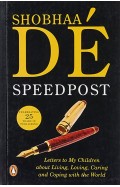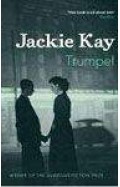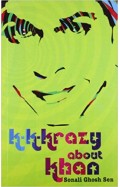The Russian Avant-garde: Siberia and the East
By: John E. Bowlt
-
Rs 3,902.25
- Rs 7,095.00
- 45%
You save Rs 3,192.75.
Due to constant currency fluctuation, prices are subject to change with or without notice.
This book is devoted to the complex relationship between Russian art and the East—be it the Russian East or the Far East—with special focus on the radical artists who shaped the development of modern art a century ago. The rituals of Siberian shamans, the ancient funerary sculptures from the steppes seen as a crystallized presence of archaic and everlasting forms of worship, Chinese popular prints, Japanese engravings, Theosophic and Anthroposophic theories, and Indian philosophy are but some of the elements that inspired the aesthetic and theoretical pursuits of the new generation of Russian artists and writers just before the October 1917 Revolution. This book examines figures such as Léon Bakst, Alexandre Benois, Pavel Filonov, Natalia Goncharova, Wassily Kandinsky, Mikhail Larionov, and Kazimir Malevich, who were deeply aware of the significance of the East for their art, and contributed to launching a rich debate that left a deep and permanent mark on their artistic praxis.
This book is devoted to the complex relationship between Russian art and the East—be it the Russian East or the Far East—with special focus on the radical artists who shaped the development of modern art a century ago. The rituals of Siberian shamans, the ancient funerary sculptures from the steppes seen as a crystallized presence of archaic and everlasting forms of worship, Chinese popular prints, Japanese engravings, Theosophic and Anthroposophic theories, and Indian philosophy are but some of the elements that inspired the aesthetic and theoretical pursuits of the new generation of Russian artists and writers just before the October 1917 Revolution. This book examines figures such as Léon Bakst, Alexandre Benois, Pavel Filonov, Natalia Goncharova, Wassily Kandinsky, Mikhail Larionov, and Kazimir Malevich, who were deeply aware of the significance of the East for their art, and contributed to launching a rich debate that left a deep and permanent mark on their artistic praxis.
The Russian Avant-garde: Siberia and the East
By: John E. Bowlt
Rs 3,902.25 Rs 7,095.00 Ex Tax :Rs 3,902.25
Zubin Mehta: A Musical Journey (An Authorized Biography)
By: VOID - Bakhtiar K. Dadabhoy
Rs 472.50 Rs 1,050.00 Ex Tax :Rs 472.50
Manning Up: How the Rise of Women Has Turned Men into Boys
By: Kay Hymowitz
Rs 646.75 Rs 995.00 Ex Tax :Rs 646.75
No similar books from this author available at the moment.
No recently viewed books available at the moment.
Zubin Mehta: A Musical Journey (An Authorized Biography)
By: VOID - Bakhtiar K. Dadabhoy
Rs 472.50 Rs 1,050.00 Ex Tax :Rs 472.50
The Russian Avant-garde: Siberia and the East
By: John E. Bowlt
Rs 3,902.25 Rs 7,095.00 Ex Tax :Rs 3,902.25











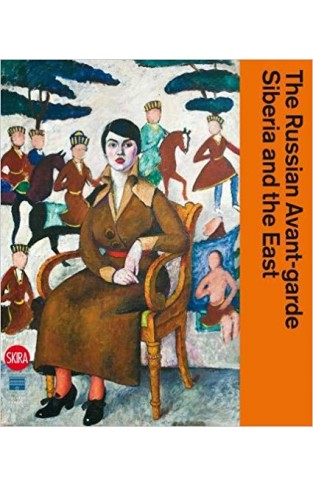
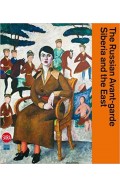
-120x187.jpg?q6)







